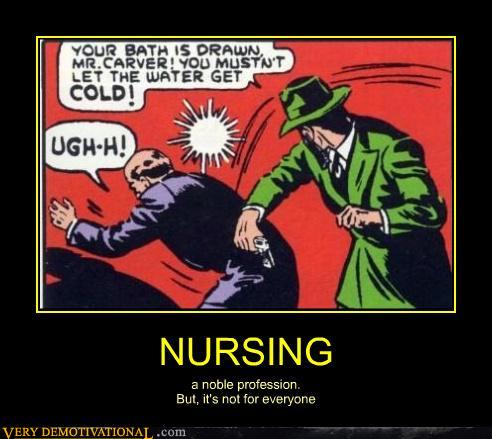Primary tabs
The Art of
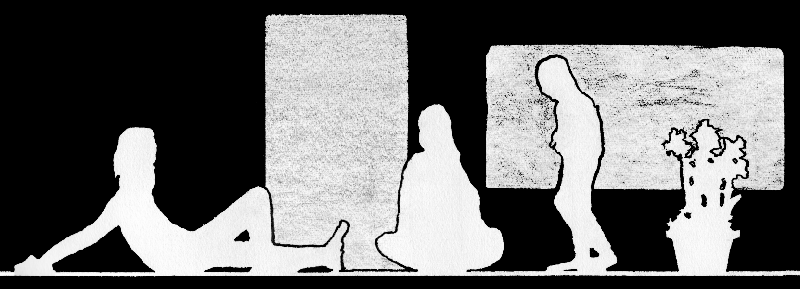
New higher-resolution grayscale scan added 2014 Mar 4.
Previous b/w version
Flatt & Scruggs - Foggy Mountain Breakdown
Uploaded by Gatorrock787 on Mar 28, 2012
For traditional music, Earl's dynamic three-finger picking style propelled both the banjo and bluegrass onto the national stage. He made Bill Monroe's Blue Grass Boys into a popular music force. He got the music into the movies and onto TV and thus across popular culture at large. He changed the music forever. And he also later moved to meld bluegrass with modern folk-rock and other musical forms.
But as a calming influence, he remained a tranquil bridge between the past and the future. He was a link between the old, traditional world of country and the bright, new, innovative music of the future. He wasn't burning any bridges. He was building them. You never heard him raise his voice. But people always listened to what he had to say.
Earl Scruggs: A Quiet Bluegrass Giant Is Gone
Scruggs is credited with coming up with a three-fingered picking style which simultaneously played rhythm and melody. It became known as the "Scruggs Style.” Musicians say if you go to a bluegrass festival, every banjo note can be traced to Earl Scruggs.
"He went in the back room and was picking and playing and all of a sudden this new style came to him. He tried it and he came running through the house saying, ‘I got it, I got it,’” said nephew J.T. Scruggs about how that style came about when Scruggs was a kid.…
He moved to Nashville, but came home to visit family and jam with friends.
"You'd think he still lived in Cleveland County,” Scruggs said.
Scruggs gave back to Cleveland County even into his 80’s, performing three concerts over the last six years.
His hometown is giving back as well. The old courthouse in downtown Shelby has been renamed the Earl Scruggs Center. The wreath outside says “Earl, you did good.…”
Bluegrass legend Earl Scruggs remembered in Cleveland Co.
“He was a very, very unassuming man,” Jenks said of Earl Scruggs. “He really loved playing banjo and everybody else loved it too. It was great to play with him and it was a treat to be so close with Horace Scruggs, his brother.”
'He brought that banjo to life'
Earl Scruggs, the banjo-playing bluegrass legend best known for composing and singing the themes for The Beverly Hillbillies TV series and the Bonnie and Clyde movie, died of natural causes Wednesday in a Nashville hospital, his son Gary confirmed to CNN. Scruggs was 88.…
Earl Scruggs married Anne Louise Certain in 1948 and was married to her for 57 years, until her death in 2006. Scruggs is survived by his sons Gary and Randy.
"I realize his popularity throughout the world went way beyond just bluegrass and country music," Gary Scruggs told CNN. "It was more than that." We would have to agree.
'Beverly Hillbillies' Singer Earl Scruggs Dies at 88
Earl Scruggs photo gallery in The Tennessean
Earl, 2009 Cashiers Mountain Music Festival photo gallery
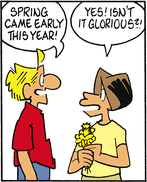 "...voila, Janis spoke her lines...."
"...voila, Janis spoke her lines...."
I like that. I've dabbled in comics and storytelling. It's delightful to have a character surprise the author. I've had a character who was only intended to be an onlooker suddenly pipe up in a significant way. Or when the key to getting your character home again, previously a vague outline, becomes revealed by the unwinding story.
You know the story and script is unwinding in your brain's circuitry, but while sometimes you're forcing thoughts out with a grunt, there's those times you almost seem to be a pipeline for the Cosmic Mind, the Idea Itself, struggling to be realized in time and space.
I recently finished re-reading the Harry Potter series, and frequently imagined Rowling having similar feelings as she worked on her magnificent opus. Or Tolkien, or Beethoven, or Da Vinci. I recall Rowling saying about the 7th book, she hadn't expected one character's death and found herself crying about it. Nice thing about it, on such points, one can look back and admire a nice turn of phrase or twist of plot with amazement and a kind of reader's delight rather than anything like writer's pride. One can see outtakes of nigh-perfect movies and realize, yeah, that really didn't belong (the Jitterbug dance in Wizard of Oz).
In our minds, we do art. In the Cosmic Mind, art does us.
Somebody posted this somewhere on some blog I ran across.
Forever alone — the chair
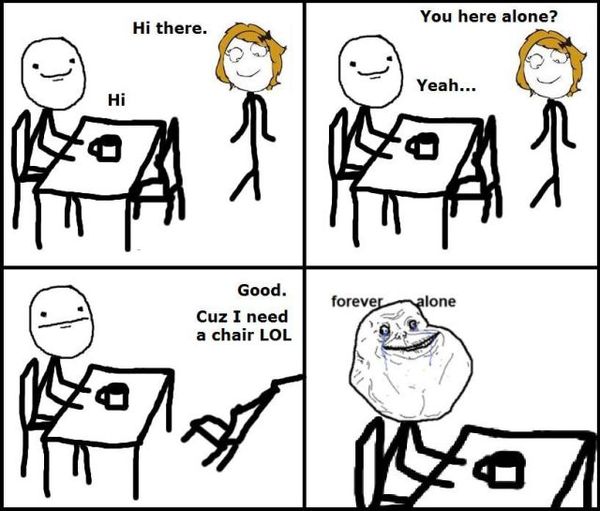
(Source: The Good Jokes)
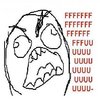
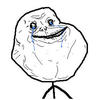 Researching this oddity led me to the "Forever Alone" page on Know Your Meme. This page confirmed what I had come to suspect, "Forever Alone is an exploitable rage comic character that is used to express loneliness and disappointment with life." It's considered a variation on "Rage Guy," and related to 28 others.
Researching this oddity led me to the "Forever Alone" page on Know Your Meme. This page confirmed what I had come to suspect, "Forever Alone is an exploitable rage comic character that is used to express loneliness and disappointment with life." It's considered a variation on "Rage Guy," and related to 28 others.
There's also This is Photobomb at MemeBase.
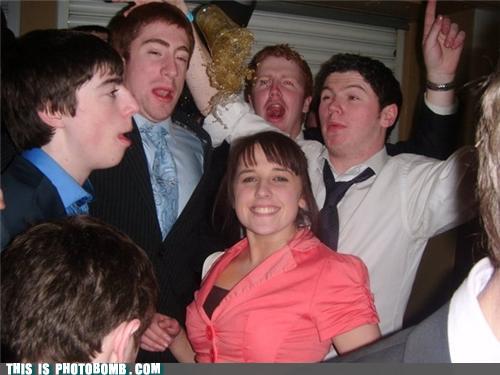
I lost additional precious minutes of my life looking through Señor Gif's collection of animated goods. Who can resist d'aawwing at Cutest Bear Attack Ever and Baby Bunny Eating Carrot Finger (warning: very high d'aw factor) and Red Pandas High Five and Cooking with Cats and the electric Bad Hair Day and Deer & Dog Lick Annoyed Kitty? (The kitty didn't look that annoyed to me.)
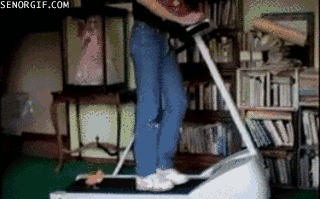
Who can resist wincing at the painful Tap It, Bro? Or marveling at the incredible Evasion Strategy? There's a nostalgic laugh in The Future of Medical Care, the disturbing suggestion that All Celebrities are the Same People (Person?), and the shocking raw footage from the Manchester Riots 2011: scenes from Whalley Range.
Here's a great Forever Alone riff: Forever Alone on a Dollar Bill One And if there's still any shred of cheer left in you, endure The Forever Alone Meme: A 21-Picture Tour Through Soul-Crushing Loneliness.
That's our meme lesson for the day. You are welcome.
JJ, pretty funny to have you say Doonesboy "pioneered" words without balloons. Doones was retro. At least, that's what I remember thinking when Doonesbury started. (I remember thinking something like that while reading the first strips; was also amused that Doones himself arrived at college from my ol' home state just as I was about to head out-of-state to college.)
Cartoons, e.g. early editorial toons, moved from just illustrations with captions below (generally) to having the words inside the cartoons, and words in balloons was actually a quick but still later development, as I recall my toon history. (Yellow kid wore his words! Krazy Kat! Little Nemo! Now, them was comic strips. Okay, I'm not THAT old!) The balloon became the standard, especially in strips as opposed to editorials. In the early days the bubble or even just an underline with just a single line indicating the speaker battled the upstart modern comic-book standard balloon with open stem. Dashed lines for whispers became standard early-on, cloud-like thought balloons standardized a little later. Or I could just be making all that up. I hate the web. Ruins all my stories.
I found numerous links to "The Evolution of Speech Balloons" at http://bugpowder.com/andy/e.speechballoons.evolution.html, but unfortunately that's now a 404.
Meanwhile, I found a link to an article about obscenicons, including a panel from a 1909 Katzenjammer Kids with a mix of bubbled and unbubbled words.
http://languagelog.ldc.upenn.edu/nll/?p=2483
Speech balloon
http://en.wikipedia.org/wiki/Speech_balloon
One of the earliest antecedents to the modern speech bubble were the “speech scrolls”, wispy lines that connected first person speech to the mouths of the speakers in Mesoamerican art.
Discussion about the origins of usage
http://boards.straightdope.com/sdmb/archive/index.php/t-82556.html
I've seen copies of cartoons from around the time of the American Revolution (and, I think, earlier) that depict speakers with "speech balloons."
http://www.ccgb.org.uk/lobby/index.php?/archives/11-Comics-A-Brief-Histo...
Early examples of comics include late 15th-century German woodcuts
Okay, never mind what I wrote at first.
\
o | o
___

